-
 Bitcoin
Bitcoin $117700
-0.03% -
 Ethereum
Ethereum $3805
0.49% -
 XRP
XRP $3.098
-1.00% -
 Tether USDt
Tether USDt $1.000
0.03% -
 BNB
BNB $792.8
-1.72% -
 Solana
Solana $177.9
-1.95% -
 USDC
USDC $1.000
0.02% -
 Dogecoin
Dogecoin $0.2202
-1.55% -
 TRON
TRON $0.3278
-2.92% -
 Cardano
Cardano $0.7641
-2.43% -
 Hyperliquid
Hyperliquid $42.21
-2.68% -
 Sui
Sui $3.758
-1.58% -
 Stellar
Stellar $0.4080
-3.21% -
 Chainlink
Chainlink $17.75
-0.33% -
 Bitcoin Cash
Bitcoin Cash $591.8
4.96% -
 Hedera
Hedera $0.2561
-3.09% -
 Avalanche
Avalanche $23.34
-4.24% -
 Litecoin
Litecoin $110.7
1.96% -
 UNUS SED LEO
UNUS SED LEO $8.956
-0.01% -
 Toncoin
Toncoin $3.410
0.79% -
 Ethena USDe
Ethena USDe $1.001
0.03% -
 Shiba Inu
Shiba Inu $0.00001288
-1.82% -
 Uniswap
Uniswap $10.07
-2.06% -
 Polkadot
Polkadot $3.807
-2.27% -
 Monero
Monero $308.2
-2.15% -
 Dai
Dai $1.000
0.03% -
 Bitget Token
Bitget Token $4.521
-0.30% -
 Pepe
Pepe $0.00001134
-1.52% -
 Cronos
Cronos $0.1457
0.65% -
 Aave
Aave $274.9
-2.47%
Are the default Bollinger Band settings (20,2) always the best?
The default Bollinger Band setting (20,2) may not suit crypto’s extreme volatility and 24/7 trading, leading to false signals—adjusting period and deviation improves accuracy.
Jul 30, 2025 at 11:36 pm
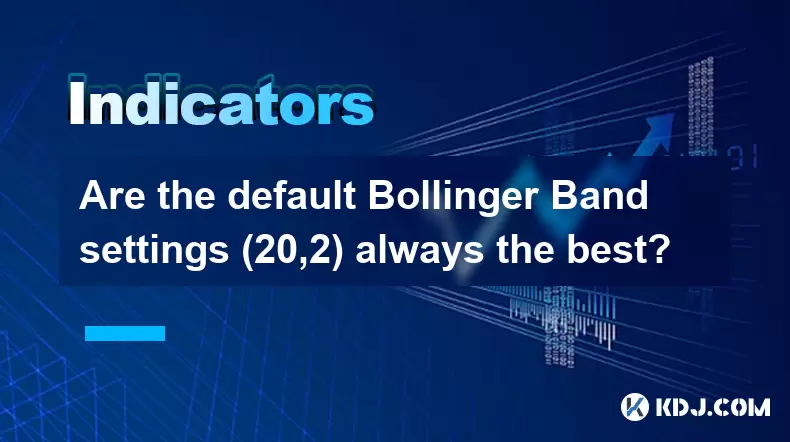
Understanding the Standard Bollinger Band Configuration
The default Bollinger Band settings of (20,2) are widely used across the cryptocurrency trading community. These values represent a 20-period simple moving average (SMA) and 2 standard deviations above and below that average. The popularity of this configuration stems from its balance between responsiveness and stability. The 20-period SMA smooths out short-term price fluctuations, offering a clearer view of the underlying trend. Meanwhile, the 2 standard deviations capture approximately 95% of price action under normal market conditions, assuming a normal distribution.
Many traders adopt this setup without modification because it is preloaded in most charting platforms such as TradingView, MetaTrader, and Binance’s built-in charts. However, the assumption that (20,2) is universally optimal is flawed. Cryptocurrency markets differ significantly from traditional financial markets in volatility, trading volume, and 24/7 operation. These factors can make the standard settings less effective in certain scenarios, particularly during high-volatility events like major news releases or market corrections.
Why Cryptocurrency Markets Challenge Standard Parameters
Cryptocurrencies exhibit extreme volatility compared to traditional assets. For example, Bitcoin can experience 10% price swings within hours, whereas major stocks rarely move more than 2% in a single day. This volatility impacts how Bollinger Bands perform. With the (20,2) setting, the bands may frequently expand and contract, leading to false breakouts or premature signals. During bull runs or flash crashes, prices can remain outside the upper or lower bands for extended periods, which contradicts the statistical assumption that prices should revert to the mean.
Moreover, the 24/7 nature of crypto markets means there is no daily market close to reset sentiment. This continuous trading can cause trends to persist longer than expected, making mean-reversion strategies based on standard Bollinger Bands less reliable. Traders relying solely on (20,2) may misinterpret sustained price action outside the bands as a reversal signal, when in fact it indicates a strong trend continuation.
Adjusting the Period Length for Different Timeframes
Traders can improve Bollinger Band effectiveness by modifying the moving average period based on their trading strategy and timeframe. For instance:
- On a 1-hour chart, a shorter period like (10,2) may better capture rapid price movements in altcoins.
- On a daily chart, extending the period to (50,2) can filter out noise and highlight major support and resistance levels.
- Scalpers using 5-minute charts might benefit from (7,1.5) to increase sensitivity without generating excessive false signals.
To adjust the period in TradingView:
- Click on the "Indicators" button at the top of the chart.
- Search for "Bollinger Bands".
- Click the settings icon (gear symbol).
- Change the "Length" field from 20 to your desired value.
- Click "Apply".
Each change alters how the middle band tracks price, which in turn affects the width and positioning of the upper and lower bands. Testing different lengths using backtesting tools or paper trading helps determine which setting aligns best with a specific asset’s behavior.
Modifying the Standard Deviation Multiplier
The standard deviation multiplier (2) defines how wide the bands are from the middle SMA. Increasing this value makes the bands wider, reducing the frequency of price touching or crossing them. Conversely, decreasing it makes the bands tighter, increasing sensitivity.
Consider these scenarios:
- For high-volatility coins like Shiba Inu or Dogecoin, using (20,2.5) can prevent the price from constantly breaching the bands, reducing false overbought/oversold signals.
- For stablecoins or low-volatility tokens, (20,1.5) may be more appropriate to detect meaningful deviations from the mean.
- Trend-following strategies might use (20,2.5) to avoid premature exit signals when prices ride along the upper band during strong uptrends.
To modify the standard deviation in Binance’s web interface:
- Open the chart for your desired trading pair.
- Click "Indicators" and search for Bollinger Bands.
- Select "Settings" and locate the "StdDev" or "Deviation" field.
- Adjust the value from 2 to your chosen number.
- Confirm the change and observe the visual impact on the chart.
This adjustment directly influences how often price interacts with the bands, which affects entry and exit decisions.
Combining Bollinger Bands with Other Indicators
Using Bollinger Bands in isolation can lead to misleading signals, especially in trending crypto markets. Pairing them with complementary indicators improves accuracy. For example:
- Volume Oscillator: A spike in volume when price touches the upper band can confirm a breakout rather than a reversal.
- Relative Strength Index (RSI): If RSI is above 70 and price hits the upper band, it strengthens the overbought case.
- Moving Average Convergence Divergence (MACD): A bullish MACD crossover during a lower band touch increases the likelihood of a bounce.
To set up a multi-indicator strategy on TradingView:
- Add Bollinger Bands via the "Indicators" menu.
- Search and add RSI, setting the period to 14.
- Add MACD with default settings (12,26,9).
- Observe confluence: if price touches the lower band, RSI is below 30, and MACD shows a bullish crossover, the setup may indicate a high-probability long opportunity.
This layered approach reduces reliance on any single indicator, including the default Bollinger Band settings.
Backtesting Alternative Bollinger Band Settings
To determine whether (20,2) is optimal for a specific cryptocurrency, systematic backtesting is essential. Use historical data to evaluate performance across different configurations. On platforms like TradingView, you can use the "Strategy Tester" feature:
- Write or import a Pine Script that defines entry and exit rules based on Bollinger Bands.
- Vary the length and standard deviation inputs as parameters.
- Run the test over at least 6 months of historical data for the asset (e.g., Ethereum/USDT).
- Compare metrics such as win rate, profit factor, and maximum drawdown across settings.
For example, you might find that (14,1.8) yields a higher win rate for Solana during sideways markets, while (28,2.3) performs better during trending phases. This empirical approach removes guesswork and tailors the indicator to specific market behaviors.
Frequently Asked Questions
Can Bollinger Bands be used effectively on altcoins with low liquidity?
Using Bollinger Bands on low-liquidity altcoins is risky due to price manipulation and erratic volume. Sudden pumps or dumps can cause the price to stay outside the bands for long periods, invalidating mean-reversion assumptions. If used, widen the standard deviation (e.g., 2.5 or 3) and combine with volume filters to reduce false signals.
How do I know when to change Bollinger Band settings for a specific coin?
Monitor band width and price interaction frequency. If price touches the bands too often (more than 3 times per week on a daily chart), consider increasing the standard deviation. If the bands rarely touch, reduce the period or deviation. Use ATR (Average True Range) to assess volatility shifts that may warrant recalibration.
Is there a way to automate Bollinger Band strategy adjustments?
Yes, using Pine Script on TradingView, you can create adaptive Bollinger Bands that modify the period or deviation based on volatility. For example, link the length to a rolling ATR value, so it shortens during high volatility and extends during consolidation. This dynamic approach responds to market conditions in real time.
Do Bollinger Bands work during major crypto news events?
During high-impact news (e.g., regulatory announcements or exchange hacks), Bollinger Bands often fail to provide reliable signals. Price can gap far beyond the bands with no immediate reversal. In such cases, rely more on order book depth and volume spikes rather than Bollinger Band touchpoints for decision-making.
Disclaimer:info@kdj.com
The information provided is not trading advice. kdj.com does not assume any responsibility for any investments made based on the information provided in this article. Cryptocurrencies are highly volatile and it is highly recommended that you invest with caution after thorough research!
If you believe that the content used on this website infringes your copyright, please contact us immediately (info@kdj.com) and we will delete it promptly.
- Bitcoin, Penguins, and Meme Coins: A Wild Ride in Crypto Town
- 2025-07-31 16:30:14
- Whale Movement and Altcoins: Buying Pressure Heats Up!
- 2025-07-31 16:30:14
- Pi Network's Price Crash: A Crypto Disappointment or a Buying Opportunity?
- 2025-07-31 17:10:12
- Ether Machine's ETH Accumulation: A New York Minute on Corporate Crypto Strategies
- 2025-07-31 17:10:12
- Bitcoin Price on the Edge: Trendline Break or Breakdown?
- 2025-07-31 17:50:12
- Dogecoin, Investors, and Ozak AI: A New Era of Crypto Investments?
- 2025-07-31 17:50:12
Related knowledge
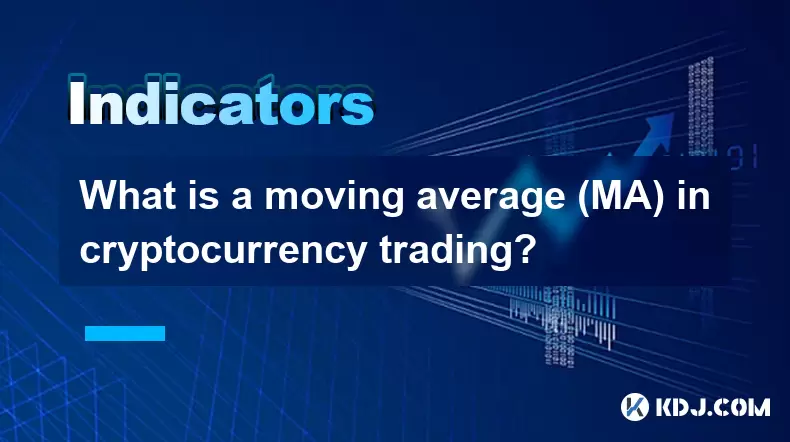
What is a moving average (MA) in cryptocurrency trading?
Jul 31,2025 at 06:30pm
Understanding the Concept of Moving Average (MA)A moving average (MA) is a widely used technical analysis tool in cryptocurrency trading that helps sm...

Is Parabolic SAR suitable for swing trading crypto?
Jul 31,2025 at 05:29pm
Understanding Parabolic SAR in Cryptocurrency TradingThe Parabolic SAR (Stop and Reverse) is a technical indicator developed by J. Welles Wilder that ...
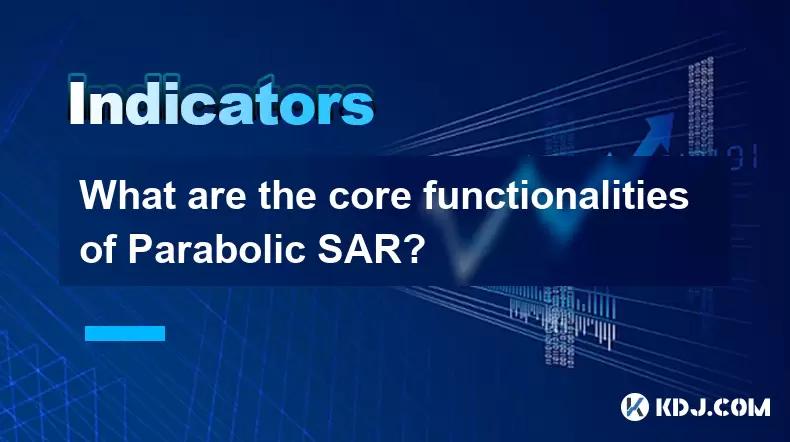
What are the core functionalities of Parabolic SAR?
Jul 31,2025 at 04:57pm
Understanding the Parabolic SAR IndicatorThe Parabolic SAR (Stop and Reverse) is a technical analysis tool developed by J. Welles Wilder Jr. It is pri...
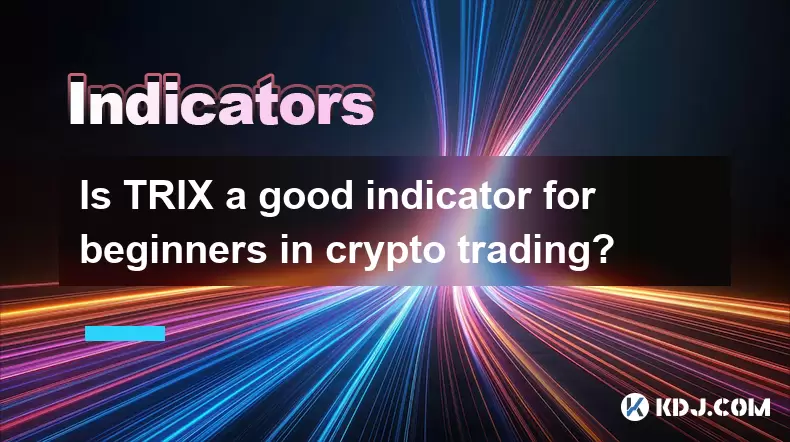
Is TRIX a good indicator for beginners in crypto trading?
Jul 31,2025 at 06:16pm
Understanding the TRIX Indicator in Cryptocurrency TradingThe TRIX (Triple Exponential Average) indicator is a momentum oscillator designed to filter ...
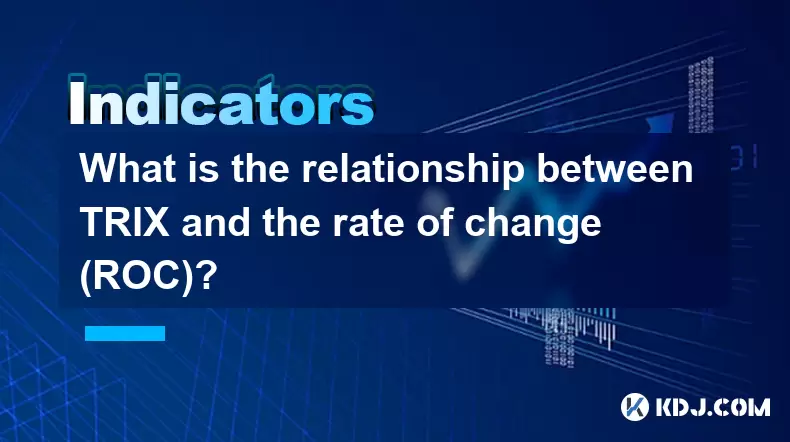
What is the relationship between TRIX and the rate of change (ROC)?
Jul 31,2025 at 03:14pm
Understanding TRIX and Its Core MechanismTRIX, or the Triple Exponential Average, is a momentum oscillator used in technical analysis to identify over...
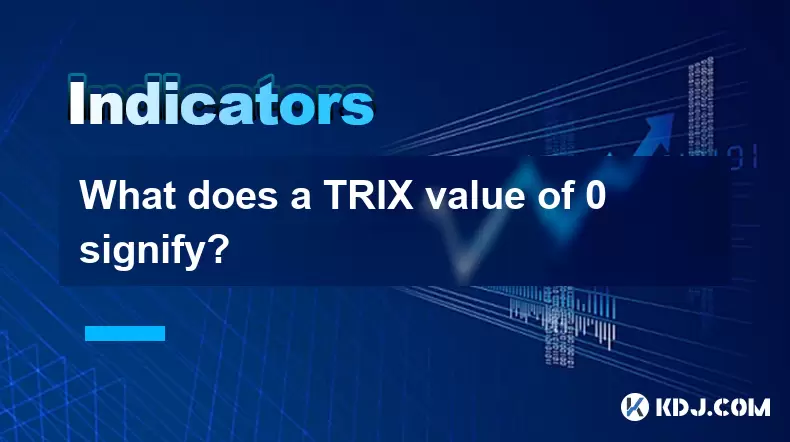
What does a TRIX value of 0 signify?
Jul 31,2025 at 02:21pm
Understanding the TRIX Indicator in Cryptocurrency TradingThe TRIX (Triple Exponential Average) indicator is a momentum oscillator used in technical a...

What is a moving average (MA) in cryptocurrency trading?
Jul 31,2025 at 06:30pm
Understanding the Concept of Moving Average (MA)A moving average (MA) is a widely used technical analysis tool in cryptocurrency trading that helps sm...

Is Parabolic SAR suitable for swing trading crypto?
Jul 31,2025 at 05:29pm
Understanding Parabolic SAR in Cryptocurrency TradingThe Parabolic SAR (Stop and Reverse) is a technical indicator developed by J. Welles Wilder that ...

What are the core functionalities of Parabolic SAR?
Jul 31,2025 at 04:57pm
Understanding the Parabolic SAR IndicatorThe Parabolic SAR (Stop and Reverse) is a technical analysis tool developed by J. Welles Wilder Jr. It is pri...

Is TRIX a good indicator for beginners in crypto trading?
Jul 31,2025 at 06:16pm
Understanding the TRIX Indicator in Cryptocurrency TradingThe TRIX (Triple Exponential Average) indicator is a momentum oscillator designed to filter ...

What is the relationship between TRIX and the rate of change (ROC)?
Jul 31,2025 at 03:14pm
Understanding TRIX and Its Core MechanismTRIX, or the Triple Exponential Average, is a momentum oscillator used in technical analysis to identify over...

What does a TRIX value of 0 signify?
Jul 31,2025 at 02:21pm
Understanding the TRIX Indicator in Cryptocurrency TradingThe TRIX (Triple Exponential Average) indicator is a momentum oscillator used in technical a...
See all articles

























































































